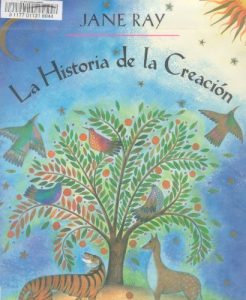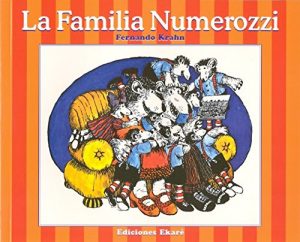 With eight kids and somewhat extravagant parents, the Numerozzis are not your typical family. Readers will have a good laugh as they wach them prepare to leave the house in the morning.
With eight kids and somewhat extravagant parents, the Numerozzis are not your typical family. Readers will have a good laugh as they wach them prepare to leave the house in the morning.
Picture Book
Leyenda De La Flor Nochebuena, La: The Legend Of The Poinsettia
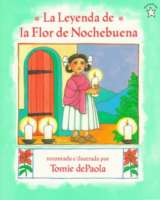
When Lucida is unable to finish her gift for the Baby Jesus in time for the Christmas procession, a miracle enables her to offer the beautiful flower we now call the poinsettia.
Remembering Grandma / Recordando a Abuela
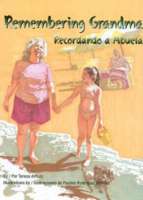
A poignant bilingual picture book about the death of a grandmother Like most Saturdays, Mr. García’s rooster wakes Lorena much earlier than she wants to wake up. Lorena pulls the covers over her head to block out the day, but she knows she has to get up. Today is no ordinary Saturday. She and her mother will be going to Grandpa’s house. Since Grandma’s recent death, everything has changed for Lorena. Her mother often cries, and Grandpa sits motionless in his chair staring out the window. Though Mamá says Grandma must be in heaven, Lorena misses Grandma, too. She can’t see or touch heaven. Where is Grandma? At Grandpa’s house, Lorena tries to help him stop grieving, but not even Grandma’s miracle words, “sana, sana, colita de rana…” work. How can Lorena help Grandpa? Lorena notices a beatiful carved chest in the corner of the room. When Lorena opens it, she sees a tangle of colors, fabrics, and keepsakes from when Grandma was alive.
Once Upon A Potty – Boy
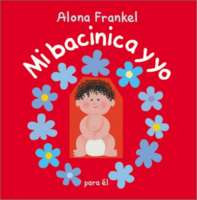
Alona Frankel’s best-selling Once Upon a Potty books, featuring the two loveable characters Prudence and Joshua, are now available in a Spanish language edition.
La Moneda De Oro
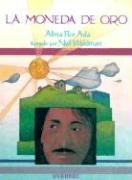
La moneda de oro es un cuento de Literatura infantil que narra aventuras sobre chicos de dicha edad, a través de los cuales los chicos se sentiran identificados y fomentarán su animación a la lectura.
Historia De La Creacion, La (Spanish Edition)
Lo Que Eduardo Sabe Hacer/ What Eddie Can Do
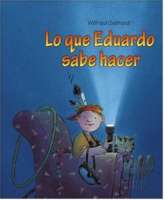
Eduardo is too busy imagining adventures to learn how to tie his shoes, but when his friend Clara is in trouble, his mother shows him that knowing how to tie your shoe can come in handy.
Cheech And The Spooky Ghost Bus (Spanish Edition)
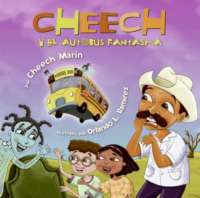
¿A que no adivinas quién se volvió loco? ¡El autobús escolar de Cheech! El autobús escolar de Cheech recoge unos chicos cerca del cementerio, pero ¡oh, sorpresa! Los chicos resultan ser bastante raros, ¡pues son unos fantasmas! Los Cheecharrones intentan de todo para deshacerse de ellos: los asustan con unos disfraces espantosos, les cantan canciones poco amistosas y hasta los persiguen para echarlos por las ventanillas. Hasta que todos se dan cuenta de que ¡estos fantasmas son divertidos! Lo malo es que Cheech todavía les tiene un poquitín de miedo. ¿Podrán los Cheecharrones convencerlo para que los fantasmitas se queden? En este libro tan chistoso como tierno, el humor instantáneo de Cheech Marin le da un nuevo giro a la idea de que a veces ser diferente no es tan espantoso.
Once Upon A Potty–Girl (Spanish Edition): Mi Bacinica Y Yo (Para Ella)
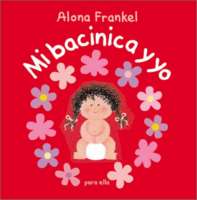
Alona Frankel’s best-selling Once Upon a Potty books, featuring the two loveable characters Prudence and Joshua, are now available in a Spanish language edition.
Zora Hurston Y El Arbol Sonador / Zora Hurston And The Chinaberry Tree (Spanish Edition)
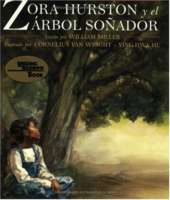
Zora’s father thinks she should wear dresses instead of overalls and leave tree climbing and dreaming of big cities to boys. But her mother teaches Zora that dreams, like new tree branches, are always within reach. “Emphasizes the awareness of family, nature, and community that is reflected in [Hurston’s] writing.” — The New York Times Book Review

